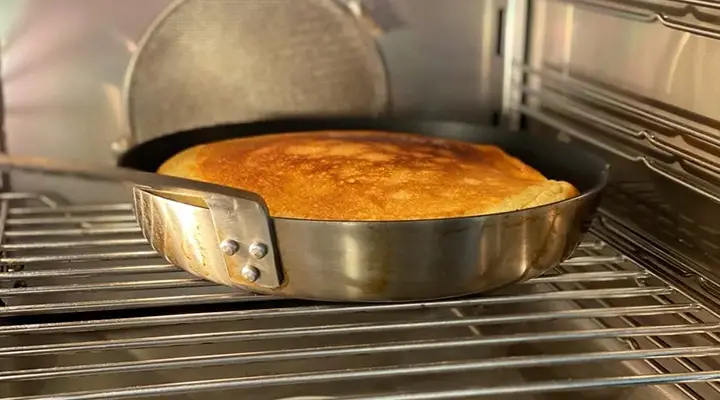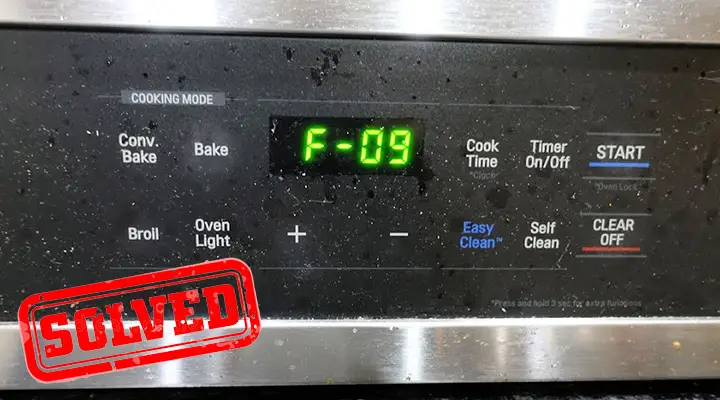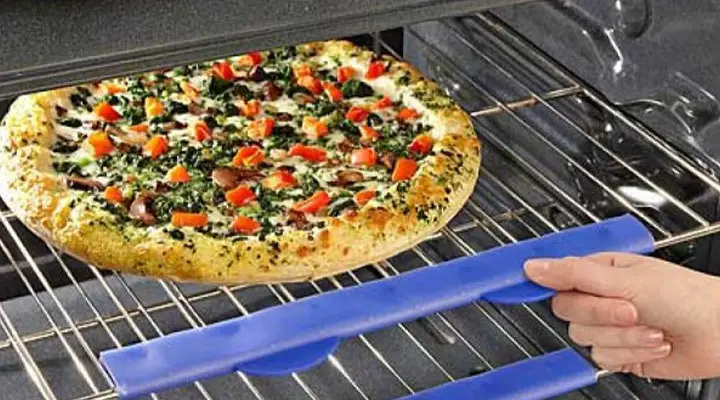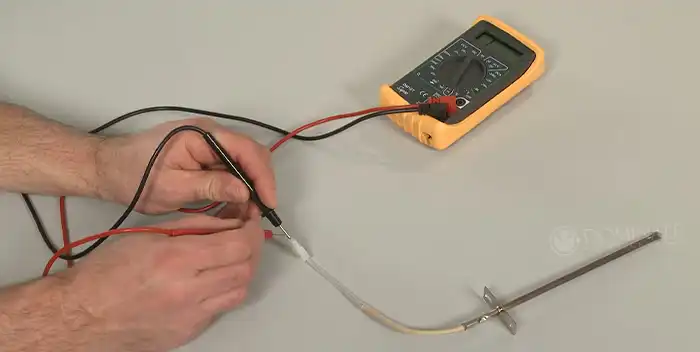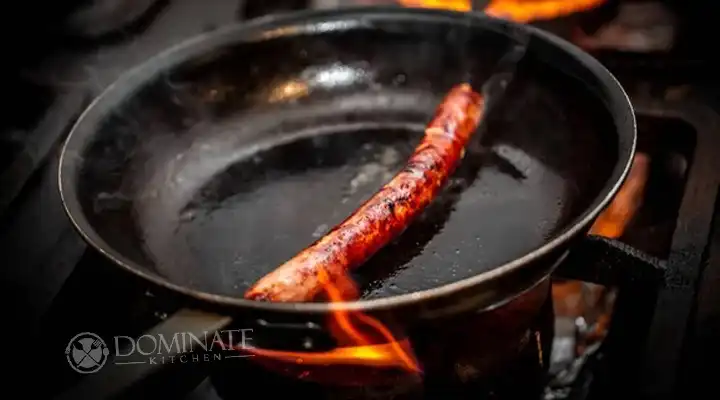What Is the Resistance of the Oven Heater Element?
Do you ever think that by which method, your oven gets hot and you can cook then? Your oven has some heater elements and the resistance makes them hot. Besides, the resistance matches the voltage.
To operate an oven, it is very essential to know about the resistance of the oven heater element.
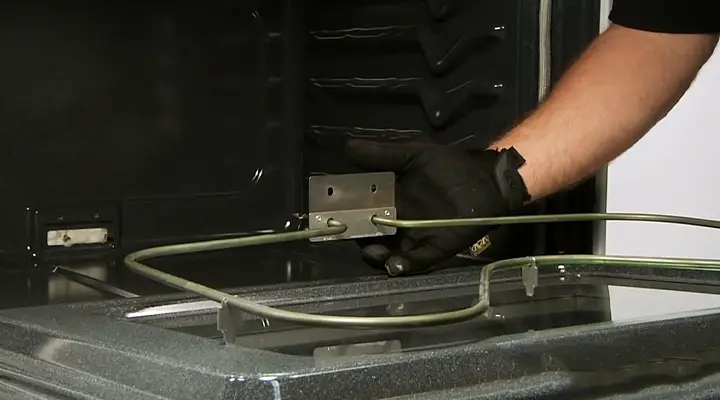
The Resistance of the Oven Heater Element
You can say a resistance wire that is suspended inward of the hard metal alloy bent in different forms, as an electric range. The resistance wire is differentiated by insulation from an electric range. Besides, the resistance wire produces temperature that is conducted to the external sheath of the element when you give power to the electric range. Then the air of the oven cavity and cooking instrument can absorb the heat.
However, the heating element of the oven is a very significant but very ordinary part. You can replace the heating element conveniently in the electric ranges and ovens. Because heating elements are the portion that is responsible for producing the temperature required for broiling and braking. Since electric current flows inside these elements, they can heat up. Though the heating elements have high resistance they require a lot of electricity.
Since the heating elements of the oven have some resistance, it has neither very low nor very high resistance. Besides, for drawing an adequate current to produce sufficient temperature the heating element of the oven has to be pretty down.
Because the entire energy diminished by the circuit is proportional to the current. Moreover, the reading will be normal if it stays between ten ohms to fifteen ohms, according to the lower readings for fifty-five hundred watt elements and the higher ohm reading, you can say it is thirty-five hundred watt elements.
In addition, a big cooktop surface burner stays generally in the area of twenty-seven ohms. On the other side, for a small cooktop surface burner, the ohms will stay at forty-five. Besides, the resistance of a broil or bake oven element may stay in the area of twenty ohms to forty ohms.
Actually, the ohms depend on the wattage of the oven element. Furthermore, the reading should stay between twenty ohms to one hundred and fifteen ohms. On the contrary, if you may not able to see a reading then it is clear that the heating element is defective.
If you do not have any of the equipment or missing a few, the online store is one tap away.
How Do You Test the Oven Heating Element?
The heating element is basically the coils on the bottom as well as the top of the oven. When you turn on your oven then the heating elements will glow red and heat up. But sometimes the oven may not turn on due to any issues with the temperature. Hence, the problem occurs because of any defective heating element.
However, you can know if the elements are operating properly or not with the help of some continuity tests with a multimeter on the heating elements of your oven.
Continuity Test with the Multimeter
- At first, you have to unplug the oven and then keep it free and wait for thirty to sixty minutes to cool the oven.
- The next task is to recognize the heating elements in the oven at the top as well as the bottom.
- However, now you have to eliminate the heating elements on the oven that you want to examine.
- Set the heating element on a wooden surface or on the floor.
- Then the task is to touch the metal probes together to calibrate the multimeter.
- In the next step please touch the probs to the border on the element.
- Now, illustrate the outcomes on the display to understand if the continuity is zero to fifty ohm or not. You may have a standard continuity if the reading shows a double-digit number with a decimal point. If you see one and there is no decimal point, it indicates no signal. Hence, for some multimeters, it indicates high reading that cannot be possible to see on display. On the contrary, when the continuity is under fifty ohms but still your oven is not working well that means it is not the problem of the heating element rather the oven has a different issue.
The other method is to examine if the oven heating element is working well or not you can know with the help of the ‘performing basic check’ method. The steps are given below.
Performing Basic Check
- With this ‘performing basic check’ method, at first, you have to observe the top and bottom of your oven to figure out the element.
- Observe if the oven heating elements glow yellow or red by turning on the oven. Because during the period of continuity test, if the coils do not glow that indicates an issue related to the oven wire. Then you have to consult an expert quickly.
- The next step is to examine if the element is physically split or blistered. If the oven does not heat then you may find out any spilled or blisters in the heating element of your oven.
- The last step is to preheat the oven and then crosscheck by using an oven thermometer. After putting a thermometer inside the oven, you have to wait for five to ten minutes to see a reading. Then, when you can see the temperature on this thermometer is similar to or close enough to three hundred and fifty degrees Fahrenheit Celsius then it is clear that there is no issue related to the heating element.
With these procedures, you can easily test your oven heating element.
How Do You Know If the Oven Element Has Gone?
With five simple signs, you will be able to understand if the oven has gone or not. The signs are given below.
- When the element does not look bright orange.
- If the element signs as worn.
- When your food is not cooked properly
- The oven gets very dirty
- The electric bill increases unwantedly.
These are the common signs when the elements of your oven have gone.
Conclusion
When you are an oven user, then you have to be prepared for any probable technical issues. Because it is inevitable that an electronic product may face technical issues often. Since the oven heating element may burn out due to the heat within the cavity of the oven, the element may not work. So, the resistance of the heating element should stay lower.

